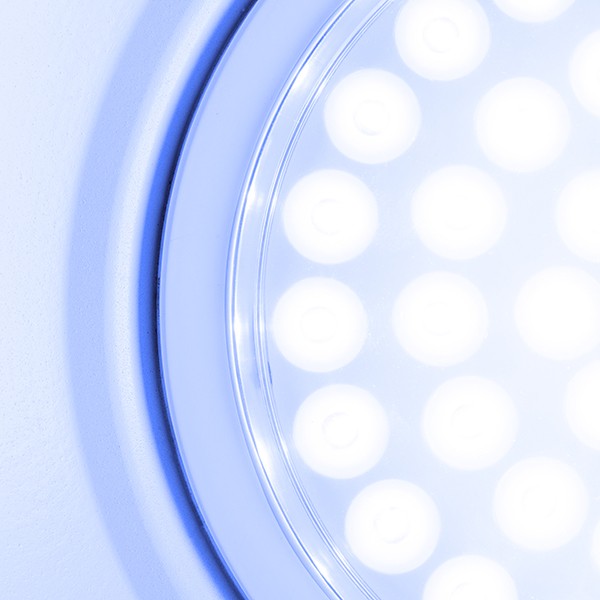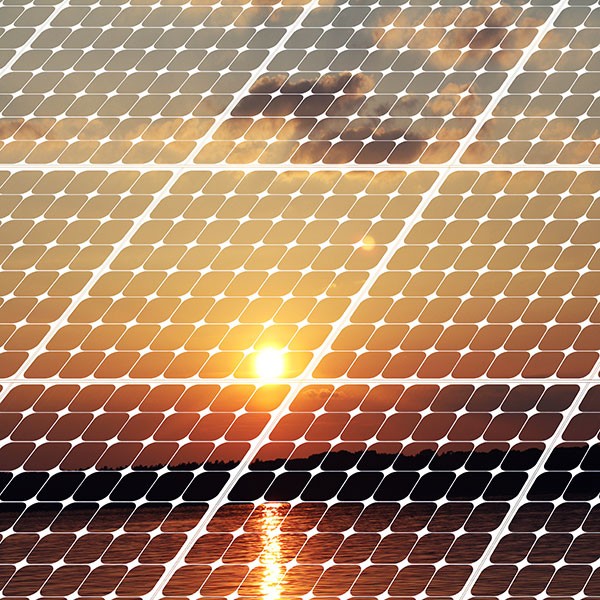Knowledge Base
Battery Types

The battery, invented by Italian Physicist Alessandro Volta in 1748, consists of two electrodes that are isolated by a separator and soaked in electrolyte to promote the movement of ions. (They convert chemical energy to electrical energy)
The rechargeable battery, invented by English Chemist John F. Daniell, can have their chemical reactions reversed to their original states and can be used over and over again.
Three main components of a battery*:
- Chemistry– Most common chemistries in batteries are lead, nickel, and lithium. Based on type of chemistry, there are regulations for shipping and disposing of the battery.
- Voltage– based on the chemistry and number of cells connected in series.
- Capacity- represents specific energy in ampere-hours (Ah). (Ah) is the discharge current a battery can deliver over time. The higher the Ah, the longer the runtime.
Charges in Sun or Shade

Solar panels need sunlight to charge their batteries to full capacity.
- Monocrystalline and Polycrystalline solar panels need direct sunlight to maximize charging the batteries to full capacity.
- Amorphous solar panels can recharge the batteries to full capacity in low sunlight conditions.
Why LEDs?

Light Emitting Diode (LED)- An electrical current passes thru a microchip, which illuminates the tiny light source to create visible light.
There are many advantages to using LEDs for lighting over traditional lamp sources (including incandescent and compact fluorescent lamps):
- Longer life- LEDs slowly degrade over time, unlike a traditional light bulb. LED life is represented as lumen depreciation. It measures the total hours it takes for the LED to lose 30% of its light performance (useful life). Ex. 50,000 hour rated life is a standard life for LEDs.
- Efficient- LEDs produce light on average 90% more efficiently than incandescent bulbs.
- Low watts- LEDs consume on average 75% less watts than traditional lamps for immediate energy savings for the consumer.
Type of Solar Panels

There are three different types of solar panel technologies used today:
- Monocrystalline- Made of monocrystalline silicon, have a high power output, occupy less space, and last the longest. The silicon’s high purity delivers supreme performance.
- Polycrystalline- Made by melting raw silicon, is a lower cost production process that lowers efficiency and lowers life compared to monocrystalline panels.
- Thin-Film-Uses thin film technology and are the easiest to produce. They have a shorter lifespan but are lightweight and flexible.
